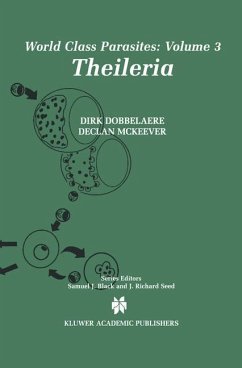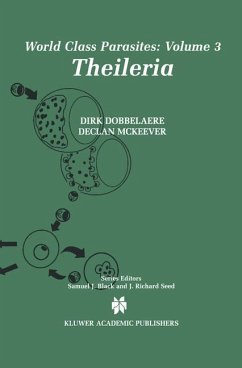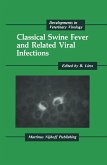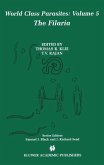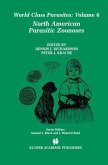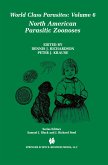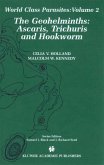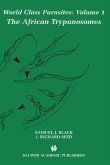P. Doherty. . . . . . . . . . . . . . . . . . . . . . . . . . . . . . . . . . . . . . . . . . . . . . . . . . . . . . . . . . . . . . . . . . . . . . . . . . . . . . . VB Introduction D. Dobbelaere and D. McKeever. . . . . . . . . . . . . . . . . . . . . . . . . . . . . . . . . . . . . . . . . . . . IX Theileria Development and Host Cell Invasion Michael K. Shaw. . . . . . . . . . . . . . . . . . . . . . . . . . . . . . . . . . . . . . . . . . . . . . . . . . . . . . . . . . . . . . . . . . . . . 1 Genomic Polymorphism, Sexual Recombination and Molecular Epidemiology af Theileria Parva R. Bishop, D. Geysen, R. Skilton, D. Odongo, V. Nene, B. Allsopp, S. Mbogo, P. Spooner and S. Morzaria. . . . . . . . . . . . . . . . 23 Epidemiological Significance of Strain-Specific Immunity to Theileria Parva D. J. McKeever and W. I. Morrison. . . . . . . . . . . . . . . . . . . . . . . . . . . . . . . . . . . . . . . . . . . 41 Virulence and Attenuation in Theileria Annulata R. Adamson and R. Hall. . . . . . . . . . . . . . . . . . . . . . . . . . . . . . . . . . . . . . . . . . . . . . . . . . . . . . . . . . . 55 Theileria Survival Strategies and Host Cell Transformation V. T. Heussler. . . . . . . . . . . . . . . . . . . . . . . . . . . . . . . . . . . . . . . . . . . . . . . . . . . . . . . . . . . . . . . . . . . . . . . . . . . 69 Genomics of Theileria Parva V. Nene, R. Bishop, J. Quackenbush, M. Pertea, S. L. Salzberg, E. Taracha, S. Morzaria, C. M. Fraser and M. Gardner. . . . . . . . . . . . . . . . . . . . . . . . . . . . . . . . . . . . . . . . . . . . . . . . . . . . . . . . . . . . . . . . . . . . . . . . . . . . . . . . . . . . 85 Non-Transforming Theileria Parasites of Ruminants C. Sugimoto and K. Fujisaki 93 Index. . . . . . . . . . . . . . . . . . . . . . . . . . . . . . . . . . . . . . . . . . . . . . . . . . . . . . . . . . . . . . . . . . . . . . . . . . . . . . . . . . . . . . 107 FOREWORD The apicomplexan protozoal parasites continue to provide major challenges for human and animal health. While most of us have some familiarity with the ravages of malaria, there is relatively little awareness of diseases caused by parasites of the Theileria species. The reason is that these tick-borne organisms are problematic only in cattle and small ruminants. This does not mean, however, that the various manifestations of Theileriosis are of little interest to those concerned principally with human health. The economic loss and diminished food production associated with East Coast Fever (ECF, caused by T. parva) continues to be a major problem in East Africa.
Bitte wählen Sie Ihr Anliegen aus.
Rechnungen
Retourenschein anfordern
Bestellstatus
Storno

